
An inability to say no is a big corruptor of WhiteSpace.

An inability to say no is a big corruptor of WhiteSpace.

“The Global Leadership Summit played a huge role in where we are today,” says Hollen Frazier, president of All God’s Children International (AGCI). “When I first attended the Summit in 2015, we were just coming through a difficult time in the organizations history. International adoption had just experienced a 75 percent decrease in the number of adoptions being completed into the US and we were in the midst of re-branding and refocusing our vision.
“The Summit was the most impactful event I’ve ever attended,” says Hollen. “It’s not just the leadership lessons, but also the spiritual aspect and realizing that great leaders can also have great faith.”
“Our team took this statement, and ran with it,” said Hollen. “It was exactly what we needed to hear at this time in our organization. We were celebrating 25 years in ministry, and we were starting to really look at where the Lord was leading us for the next 25 years. Since attending the Summit that year, we’ve been on a journey of refocusing on our grander vision, and rebuilding our strategy.”
 AGCI’s grander vision is quite grand. Because of how they were moved at the Summit, they are now on a mission to empower local leaders to intervene for the 8m children living in institutions around the world and create more paths to family and independence. Yes, that’s 8m children!
AGCI’s grander vision is quite grand. Because of how they were moved at the Summit, they are now on a mission to empower local leaders to intervene for the 8m children living in institutions around the world and create more paths to family and independence. Yes, that’s 8m children!
“As we’ve imagined what God can do according to His power that is at work within us, we are seeing incredible things happen!” Hollen exclaims. “And even though our vision is quite grand, we are getting there by setting realistic winnable goals.”
Almost immediately after the Summit, AGCI hit the ground running with new vigor and hope for the future. With renewed inspiration and encouragement to go forward, they started with four key objectives to develop their new strategy:
“We’re really thinking about how we can do things better, believing in God for more,” Hollen explains. “We’ve had lots of confirmation from the Lord in our journey since the Summit. He’s provided financial and relational blessings, and our team is headed in the same direction unlike ever before.”
While accomplishing these goals are exciting in and of themselves, it is really the why behind each goal that drives the team forward. For Hollen, one story sticks with her more than any other.
“Four months ago, our team went to Burundi to serve during a food shortage,” Hollen shares. “A little girl who is blind and deaf was brought to us and she was so weak she couldn’t even feed herself.
“Realizing the gravity of her situation, we decided to take her to a hospital, and pay for a nanny to be with her. Despite our best efforts, this sweet child died a month later.
“This child’s outcome hit me so hard. I just wept when I found out the news. Children should not face death alone and starving. It is children like this little girl that keep me going so no child ever has to experience such desperation and loneliness. I’m glad for the beautiful part of this story—that she did not have to experience loneliness in the last 30 days of her life and that she experienced love.”
“The Summit is the wind under our wings!” Hollen exclaims. “We come away with tangible takeaways and practical inspiration. The Summit is not just about the leader, it’s about the whole team. It grows the leadership of the whole organization. It’s not about one great leader. It’s about many great leaders!
“It is so important to us that we block out the time on the calendar to go, and now no one goes on vacation during the Summit. It is a mandatory event for our entire organization. The Summit changed the direction of where we were going for the better, and provided us a phenomenal foundation from which to serve 8m children living in institutions today.”
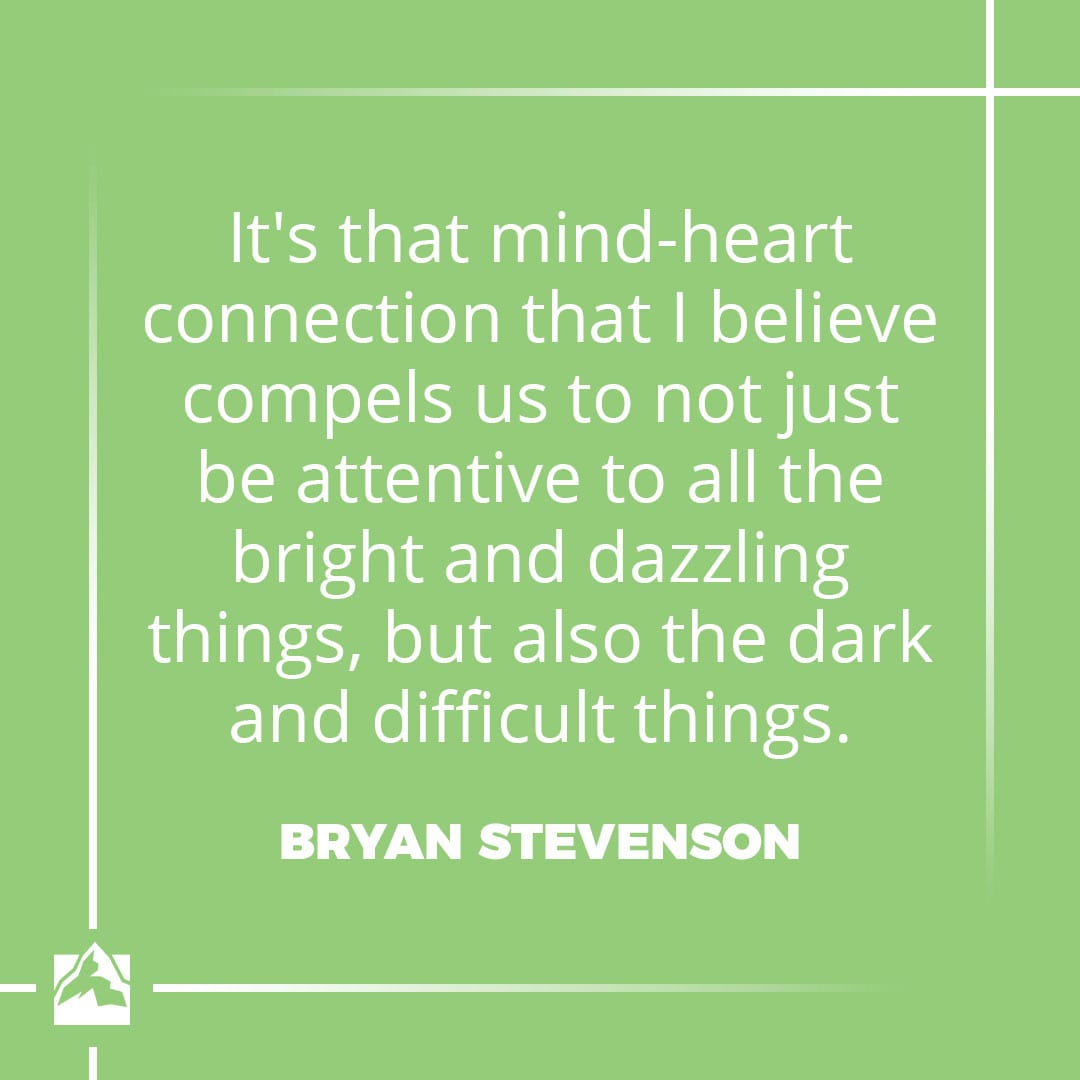
It’s that mind-heart connection that I believe compels us to not just be attentive to all the bright and dazzling things, but also the dark and difficult things.

 Chip & Dan Heath (GLS 2009) just released an insightful new book entitled The Power of Moments: Why Certain Moments Have Extraordinary Impact. Below is a sneak peek from the first chapter.
Chip & Dan Heath (GLS 2009) just released an insightful new book entitled The Power of Moments: Why Certain Moments Have Extraordinary Impact. Below is a sneak peek from the first chapter.
Chris Barbic and Donald Kamentz were sitting at a pub in Houston, recuperating from another 14-hour day running their start-up charter school, YES Prep. They had no idea, on that night in October 2000, that they were moments away from an epiphany that would affect thousands of lives.
ESPN was covering National Signing Day, the first day when graduating high school football players can sign a binding “letter of intent” to attend a particular college. For college football fans, it’s a big day.
Watching the exuberant coverage, something struck Kamentz. “It blows my mind that we celebrate athletics this way, but we don’t have anything that celebrates academics in the same say,” he said. And the students at their school—primarily kids from low-income Hispanic families—deserved to be celebrated. Many of them would be the first in their families to graduate from college.
In the pub that night, as they watched the Signing Day news, they had a sudden inspiration: What if we created our own “Signing Day,” when our students would announce where they will attend college?
Their excitement grew as they shaped the idea: They would call it Senior Signing Day, and for that one day, graduating seniors would be treated with the same hype and adulation as college athletes.
About six months later, on April 30, 2001, they held the first Senior Signing Day. Roughly 450 people crammed into a community center next door to their campus: 17 graduating seniors and their families, along with every other student in the YES Prep system—from sixth graders to juniors.
Each of the seniors took the stage, announcing where he or she would be attending college in the fall: “My name is Eddie Zapata, and in the fall, I will be attending Vanderbilt University!” They would unveil a t-shirt or pennant with their chosen school’s insignia. Many of the students kept their final school decision a secret from friends, which created suspense in the air. After each announcement, the room erupted with applause.
Later, the students would sit at a table, with their families crowded around them, and sign letters of matriculation, confirming their enrollment in the fall. Barbic was struck by the emotion of the “signing” moment: “It hits home—the sacrifices that everybody had to make for their kids to be there. No one did it alone. There were lots of people involved.” By the end of the ceremony, there were few dry eyes in the room.
Senior Signing Day became the most important annual event for the YES Prep School network.
We all have defining moments in our lives—meaningful experiences that stand out in our memory. Many of them owe a great deal to chance: a lucky encounter with someone who becomes the love of your life. A new teacher who spots a talent you never knew you had.
But is that true? Must our defining moments just happen to us?
Senior Signing Day didn’t just happen. Chris Barbic and Donald Kamentz set out to create a defining moment for their students.
Defining moments shape our lives, but we don’t have to wait for them to happen. We can be the author of them. What if a teacher could design a lesson that students were still reflecting on years later? What if a manager knew exactly how to turn an employee’s moment of failure into a moment of growth? What if you had a better sense of how to create lasting memories for your kids?
The point here is simple: Some moments are vastly more meaningful than others. For students at YES Prep, Senior Signing Day is a single morning that rises above a seven-year journey.
What are these moments made of, and how do we create more of them?
In our research, we have found that defining moments are created from one or more of the following four elements:
1) ELEVATION: Defining moments rise above the everyday. They provoke not just transient happiness, like laughing at a friend’s joke, but memorable delight.
2) INSIGHT: Defining moments rewire our understanding of ourselves or the world. In a few seconds, we realize something that might influence our lives for decades.
3) PRIDE: Defining moments capture us at our best. Moments of achievement, moments of courage.
4) CONNECTION: Defining moments are social. Weddings, graduations, baptisms, vacations, work triumphs, bar and bat mitzvahs, speeches, sporting events—these moments are strengthened because we share them with others.
Moments matter. And what an opportunity we miss when we leave them to chance! Teachers can inspire, caregivers can comfort, service workers can delight, politicians can unite and managers can motivate.
All it takes is a bit of insight and forethought.
From THE POWER OF MOMENTS by Chip Heath & Dan Heath. Copyright © 2017 by Chip Heath and Dan Heath. Reprinted by permission of Simon & Schuster, Inc.
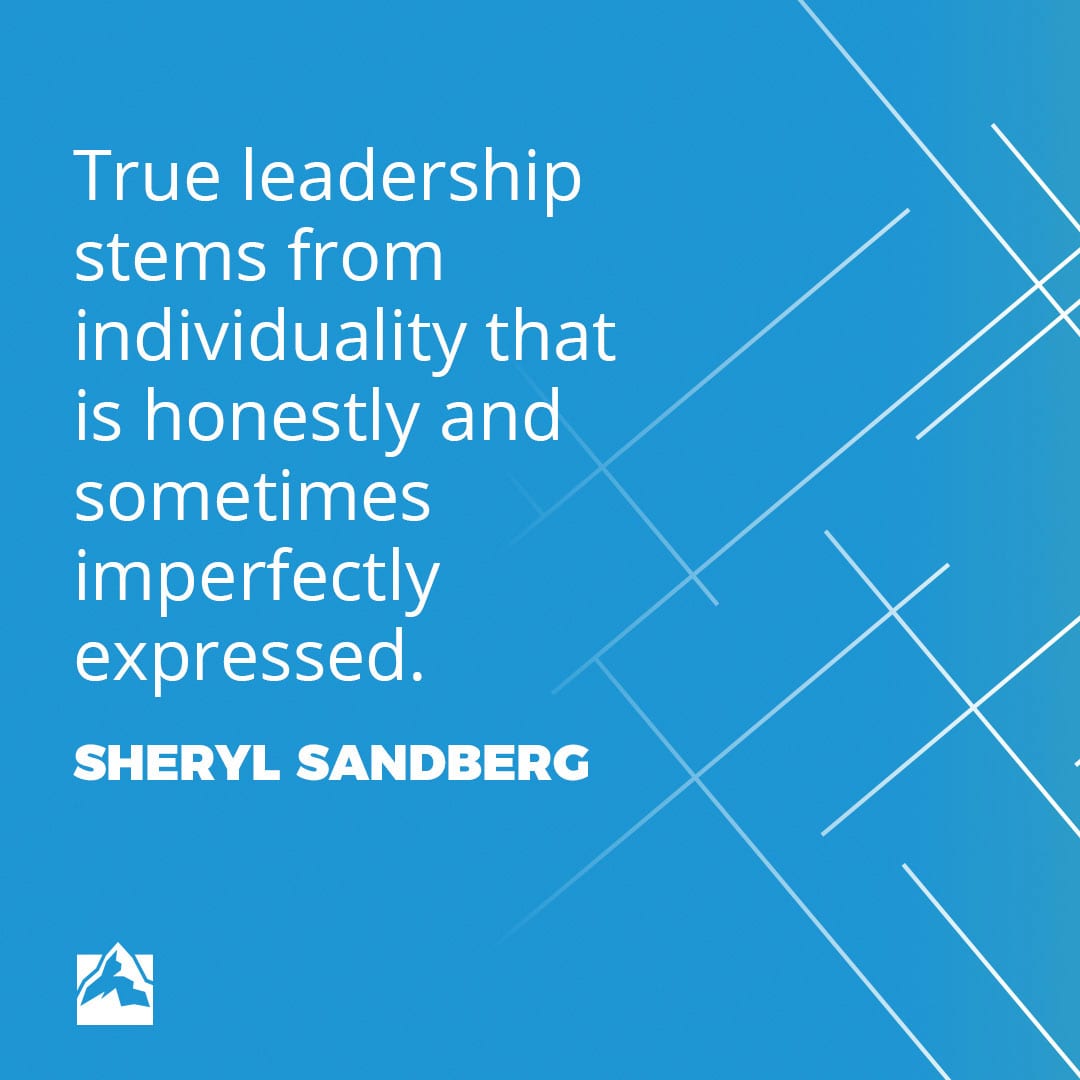
True leadership stems from individuality that is honestly and sometimes imperfectly expressed.

The Global Leadership Summit reaches Christian leaders in more than 128 countries, including countries where Christianity is only known and practiced by a very small percentage of the population. It’s in these countries, like Thailand, where a resource like the GLS is being used as the primary tool to build momentum, strengthening and encouraging church leaders to bring the Gospel to the nation.
Anuparp Wichitnantana, pastor and country coordinator for the GLS in Thailand, has a vision so grand, it may change his entire country. Attending the GLS not only sparked this vision, but gives him and his colleagues the training they need to make it a reality.
“Thailand is a Buddhist country, and less than one percent of the population are Christians,” Anuparp explains.
Anuparp sees the GLS as the primary tool used to see this vision become a reality by uniting more than 600 key leaders and Christian influencers across the country who strategize together to see this vision grow. “Through the GLS, we have time to gather together to talk, plan, strategize and cast a vision about the nation,” says Anuparp. “We see unity, and people feel like we can do it. The GLS really opened up this platform. And God is using the GLS to change the nation!”
“God always whispers to me when I attend the Summit,” says Anuparp. “I always come away with powerful, practical and life changing ideas and concepts. For example – Everyone wins when leaders gets better.
“I like this statement, because it really impacts my personal life. As a leader, I need to keep developing myself and helping others grow in their own leadership. If I grow, I can help others grow. If the leaders get better, the whole church will get better.
“The GLS opened up opportunities for me to coach and mentor personally many leaders in other organizations and churches. God is using me to lead the national leadership development track in Thailand, and has given me the platform and tools to help pastors and leaders across the country.”
“On behalf of the Thai people, pastors and leaders, we would like to thank you so much for supporting the GLS so that we can have the GLS in Thailand. We need the Gospel, and we need a lot of help, especially in terms of leadership development.
“Most of our people do not speak English, so we have very limited Christian leadership resources. But the GLS has been translated into Thai and now we have the chance to help many pastors and leaders in our country. So if we can help Christian leaders get better, the church will win, and the Thai people will win with the Gospel.
“Thanks so much for helping us. Please continue to support the GLS in Thailand.”
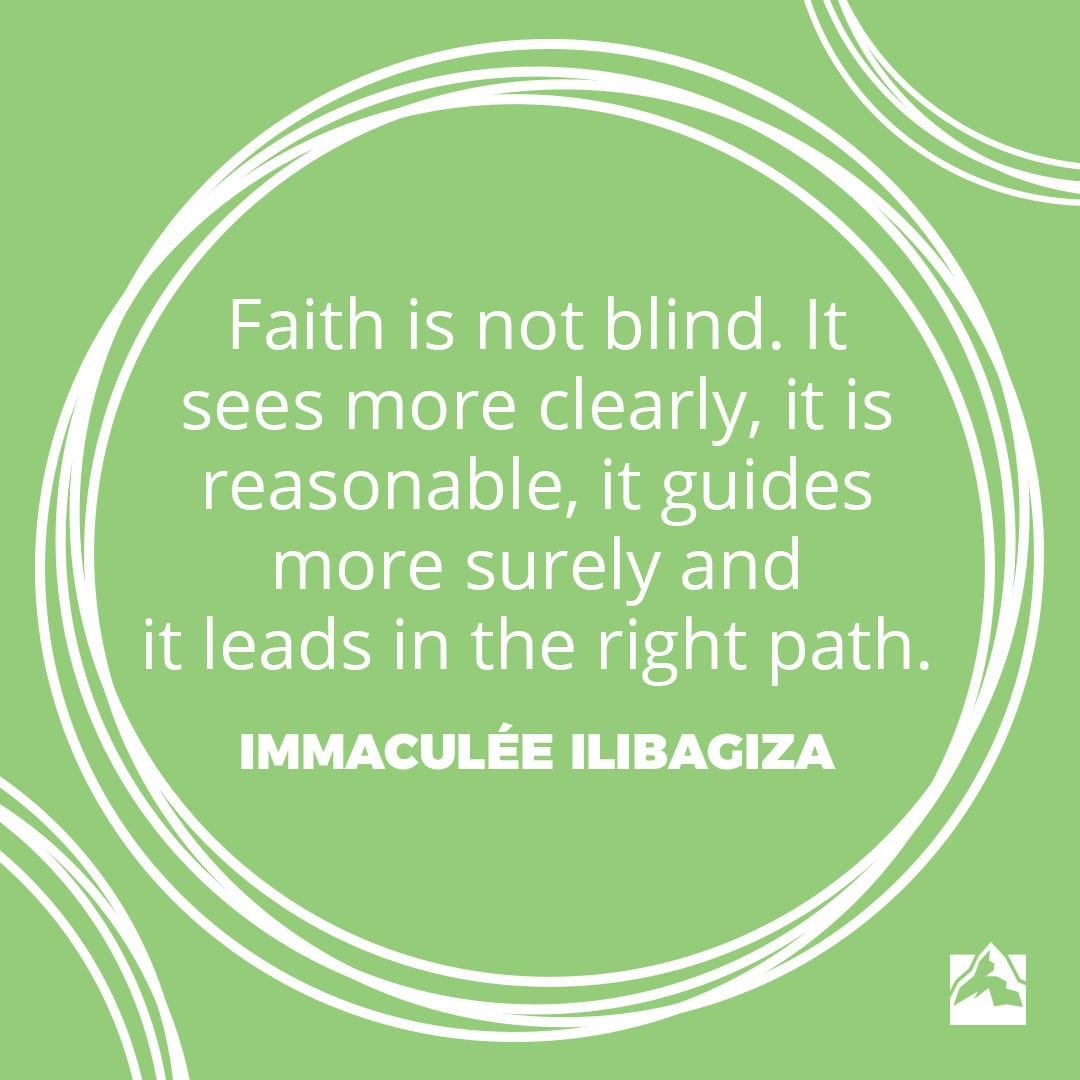
Faith is not blind. It sees more clearly, it is reasonable, it guides more surely and it leads in the right path.
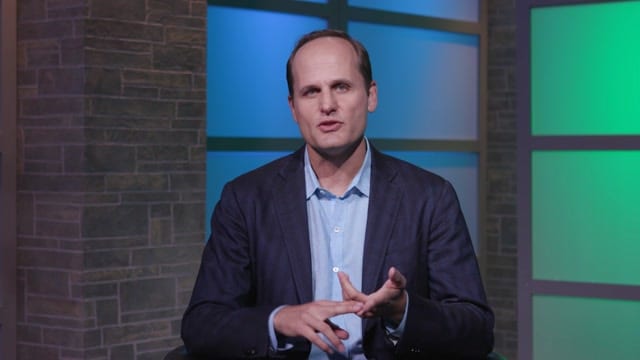
Laszlo Bock, CEO of Humu, former SVP of People at Google, author of ‘Work Rules!’, describes the counter-intuitive reason why Google decided to take much of power away from managers.
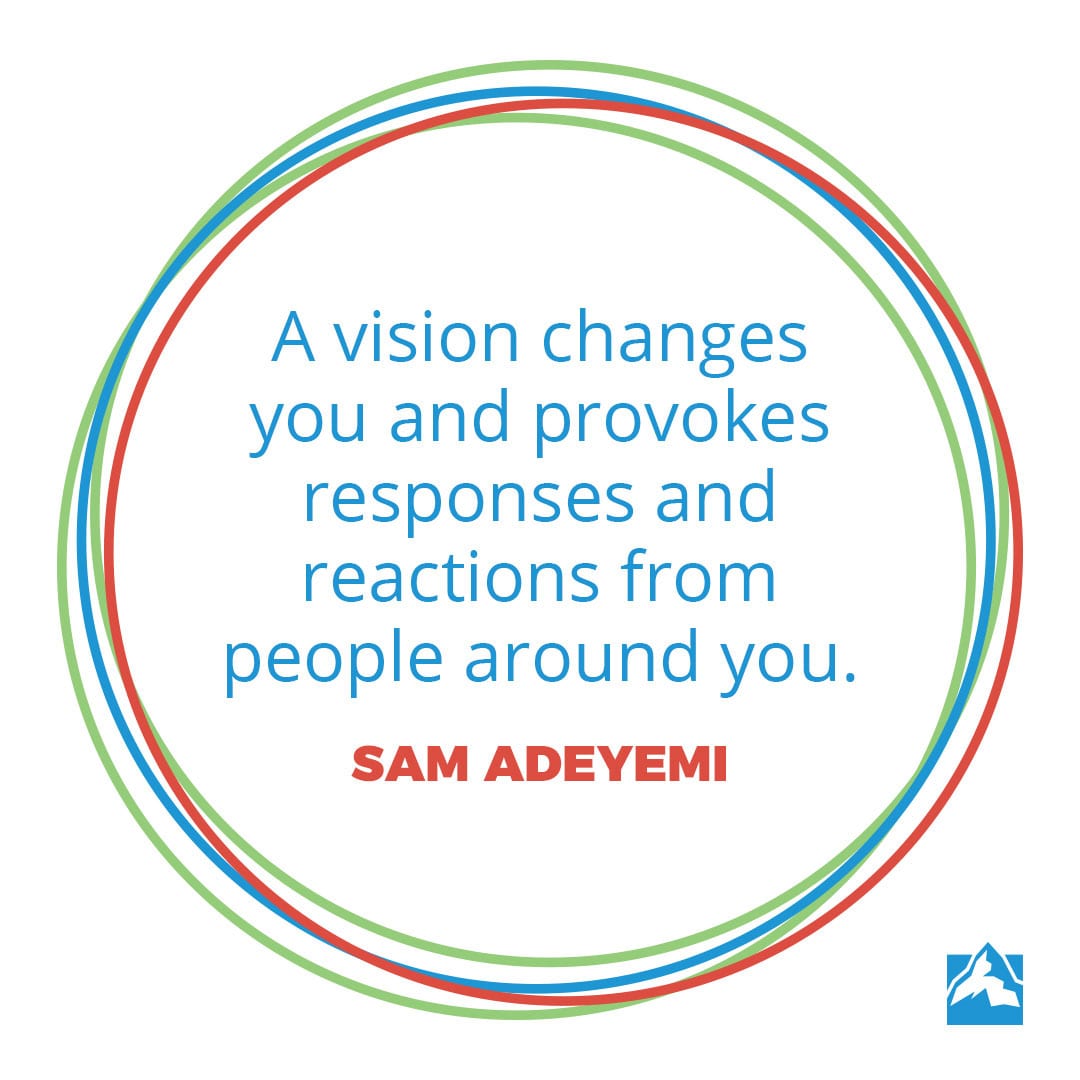
A vision changes you and provokes responses and reactions from people around you.

I expend a huge amount of my time and energy writing books and articles and working to keep my company innovative.
I’ve developed an obsession with some of history’s most creative minds in the hope that I might learn some tricks to expand my own creative productivity.
Some of the things I’ve learned are more useful than others, and some are simply too weird to try.
Steve Jobs, for example, routinely sat on toilets, dangling his bare feet in the water while he came up with new ideas, and Yoshiro Nakamatsu (inventor of the floppy disc) would dive deep under water until his brain was deprived of oxygen, then write his ideas on an underwater sticky pad.
Weird ideas aside, I’ve developed a pretty good understanding of the habits of some of history’s most creative minds. There’s enough commonality between different people that I’ve distilled their habits into strategies that anyone can follow.
Six of these strategies stand out because they have the power to change the way you think about creativity. Give them a try, and you could reach new levels of creative productivity.
Not all creative minds are morning people. Franz Kafka routinely stayed up all night writing, and William Styron (author of Sophie’s Choice, among other best sellers) woke up at noon every day and considered his “morning” routine to be staying in bed for another hour to think.
However, early risers make up the clear majority of creative thinkers. The list of creative early risers ranges from Benjamin Franklin to Howard Schultz to Ernest Hemmingway, though they didn’t all wake up early for the same reasons. Ben Franklin woke up early to plan out his day, while Schultz uses the time to send motivational emails to his employees.
For many creative people, waking up early is a way to avoid distractions. Ernest Hemingway woke up at 5 a.m. every day to begin writing. He said, “There is no one to disturb you, and it is cool and cold, and you come to your work and warm as you write.”
The trick to making getting up early stick is to do it every day and avoid naps—no matter how tired you feel. Eventually, you will start going to bed earlier to make up for the lost sleep. This can make for a couple of groggy days at first, but you’ll adjust quickly, and before you know it, you’ll join the ranks of creative early risers.
There’s plenty of evidence pointing to the benefits of exercise for creativity. Feeling good physically gets you in the right mood to focus and be productive. Exercise also forces you to have disconnected time. (It’s tough to text or email while working out). This allows you to reflect on whatever it is you’re working on. In a Stanford study, 90% of people were more creative after they exercised.
It’s no surprise that so many creative and successful people built exercise into their daily routines. Kurt Vonnegut took walks into the nearby town, swam laps and did push-ups and sit-ups. Richard Branson runs every morning, and composers Beethoven and Tchaikovsky both walked daily.
It’s a common misconception that in order to be creative, one must live life on a whim with no structure and no sense of need to do anything, but the habits of highly successful and creative people suggest otherwise.
In fact, most creative minds schedule their days rigorously. Psychologist William James described the impact of a schedule on creativity, saying that only by having a schedule can we “free our minds to advance to really interesting fields of action.”
Creativity flourishes when you’re creating for yourself and no one else. Creativity becomes more difficult when your livelihood depends upon what you create (and you begin to think too much about what your audience will think of your product). Perhaps this is why so many successful and creative people held on to their day jobs. Many of them, like Stephen King, who was a schoolteacher, produced their breakout (and, in King’s case, what many consider his very best) work while they still held a 9 to 5.
Day jobs provide more than the much-needed financial security to create freely. They also add structure to your day that can make your creative time a wonderful release. The list of successful, creative minds who kept their day jobs is a long one. Some notable individuals include Jacob Arabo, who started designing his own jewelry while working in a jewelry shop; William Faulkner, who worked in a power plant while writing As I Lay Dying; and musician Philip Glass, who worked as a plumber.
A lot of people work in only one place, believing it’s practically impossible for them to get anything done anywhere else. Staying in one place is actually a crutch; studies show that changing environments is beneficial to productivity and creativity. E.B. White, author of Charlotte’s Web, said it well: “A writer who waits for ideal conditions under which to work will die without putting a word on paper.” The same is true for any type of creative work.
If you keep waiting until you are in the perfect place at the ideal time, the time will never come.
Steve Jobs started Apple in his mom’s garage, and J.K. Rowling wrote the first ideas for Harry Potter on a napkin while riding a train. When you have a creative idea, don’t wait—put it into action as soon as you can. Recording that spark of creativity may very well be the foundation of something great.
As long as your heart is still beating, you have the ability to come up with new ideas and execute them. They may not always be great ones, but the greatest enemy of creativity is inactivity.
Author Jodi Picoult summarized creative blocks perfectly: “I don’t believe in writer’s block. Think about it—when you were blocked in college and had to write a paper, didn’t it always manage to fix itself the night before the paper was due? Writer’s block is having too much time on your hands. If you have a limited amount of time to write, you just sit down and do it. You might not write well every day, but you can always edit a bad page. You can’t edit a blank page.”
Picoult’s comment describes all creative activity—the only way to stay creative is to keep moving forward.
In my experience, you must get intentional about your creativity if you want it to flourish.
Give these six strategies a try to see what they can do for you.
This article originally appeared in the TalentSmart newsletter.
“We welcome and encourage comments on this site. There may be some instances where comments will need to be edited or removed, such as:
If you have any questions on the commenting policy, please let us know at heretoserve@globalleadership.org”
Recent Comments